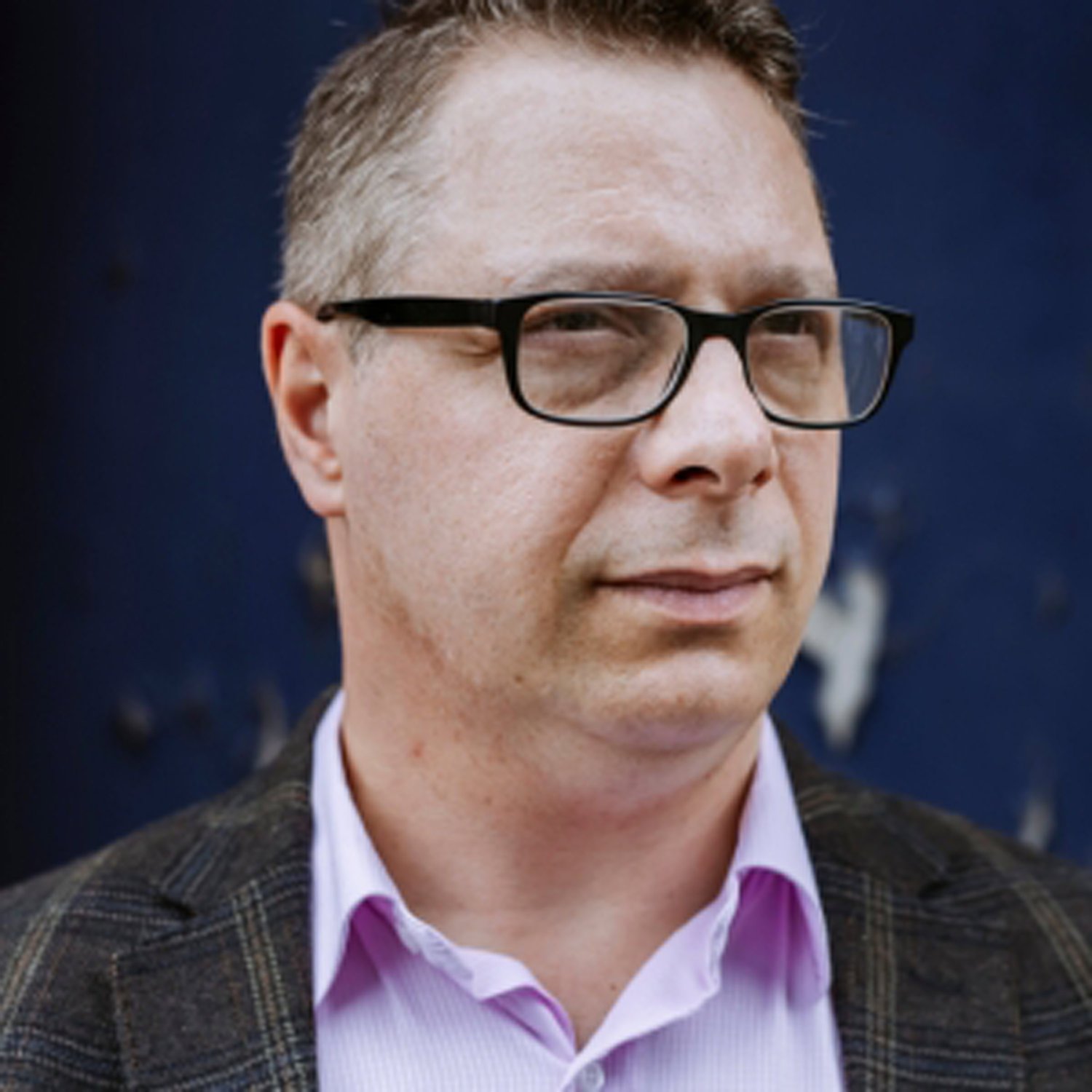AI & The Pathway to Flow with Neuroscientist, Fmr. Dancer DR. JULIA CHRISTENSEN
Description
“So, syncopation is now the big thing. It will induce people to groove and to like your music more. So let's have a lot of syncopation inside your music and you'll sell a lot. By chasing superficial beauty, which is what AI gives us at the moment, it aims for perfect outcomes. Not that anything these models produce is perfect, because how do you evaluate perfection? But they are based on the data that most people want to see again. That's extremely important to bear in mind. When you say 'cluttered mind,' it's actually also a cluttered brain in terms of the neurotransmitters out and about. As we strive for that perfect coding and external beauty, our brain releases dopamine signals. Dopamine is good; it's a learning signal to the brain, but we need to know how to use it. Constantly swiping our phone and getting this beauty into our brain via our eyes or via the syncopations in the music teaches our mind to seek that all the time because that's a dopamine signal. It's a learning signal. So, striving after these shapes and sound cues repeatedly clutters your brain. That's why your mind is full.”
Dr. Julia F. Christensen is a Danish neuroscientist and former dancer currently working as a senior scientist at the Max Planck Institute for Empirical Aesthetics in Germany. She studied psychology, human evolution, and neuroscience in France, Spain and the UK. For her postdoctoral training, she worked in international, interdisciplinary research labs at University College London, City, University London and the Warburg Institute, London and was awarded a postdoctoral Newton International Fellowship by the British Academy. Her new book The Pathway to Flow is about the science of flow, why our brain needs it and how to create the right habits in our brain to get it.
www.creativeprocess.info
www.oneplanetpodcast.org
IG www.instagram.com/creativeprocesspodcast
























